The Wall Street Journal’s Real Time Economics recently looked at wealth inequality. The first chart taken from the post shows wealth differences by race and age of head of family.
Racial differences (white versus black and Hispanic) dominate whether looking at average or median net worth, and the gap grows as the head of the family ages. Median figures are especially sobering, showing the limited wealth generation of representative black and Hispanic heads of families regardless of age.
So, do these advantages and disadvantages transfer to the next generation? Yes, and not just laterally. This second chart looks at the relationship between inheritance and wealth generation.
Inheritance was divided into ten groups. WARNING: THE TENTH GROUP, WHICH RECEIVED THE LARGEST INHERITANCE, IS NOT SHOWN.
As Josh Zumrun, the author of the blog, explains:
The bottom 10% of inheritors received an inheritance averaging only about $2,000. Families receiving this much inheritance aren’t that wealthy.
But among families that received a $35,000 inheritance, their net worth is over half a million. Families that received a $125,000 inheritance are worth $780,000 on average and those that receive a $200,000 inheritance are, on average, millionaires. (The top 10% of inheritors, not pictured in this chart, inherit $1.6 million on average and have a net worth of $4.2 million.)
The take-away is pretty simple: Wealth inequality is real, with strong racial determinants, and is also, to a significant degree, self-reinforcing.
Originally posted at Reports from the Economic Front.
———————————
Martin Hart-Landsberg is a professor of economics at Lewis and Clark College. You can follow him at Reports from the Economic Front.





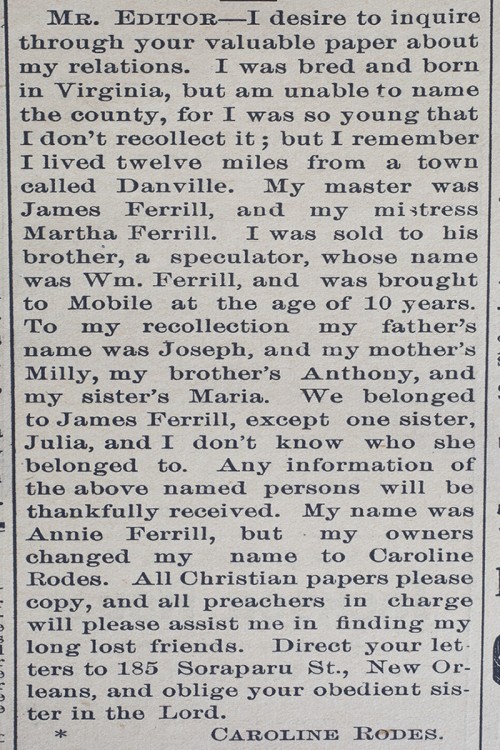
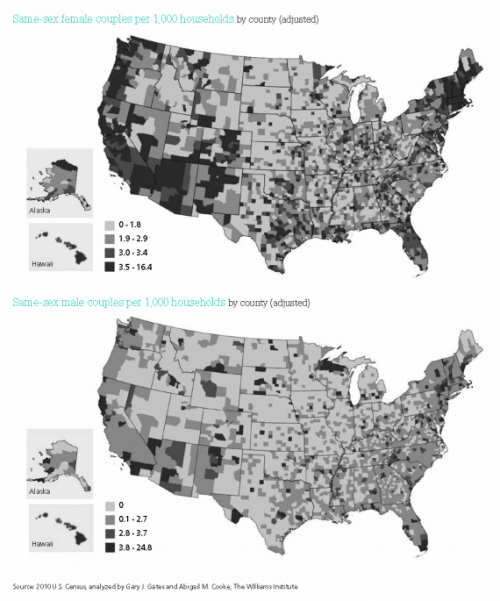
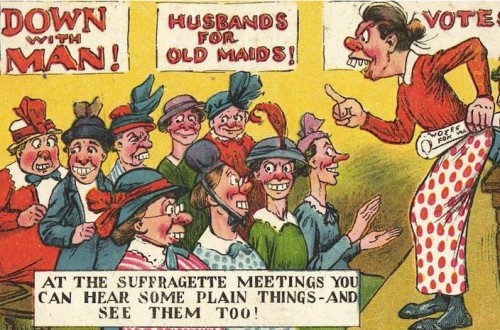
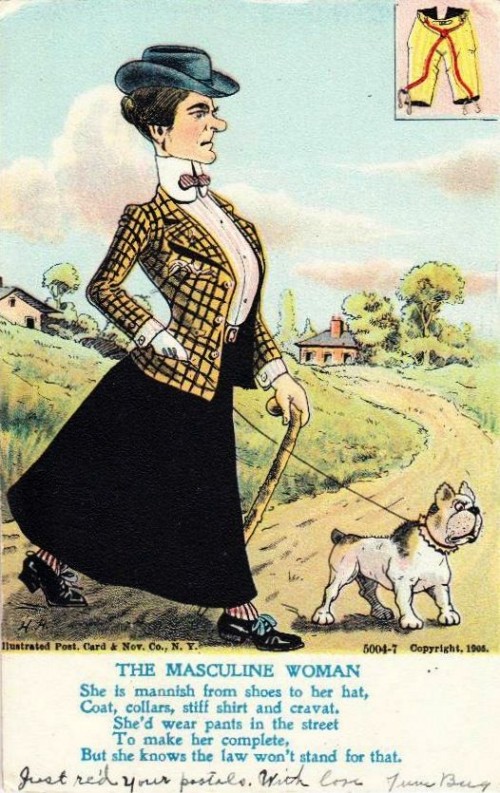
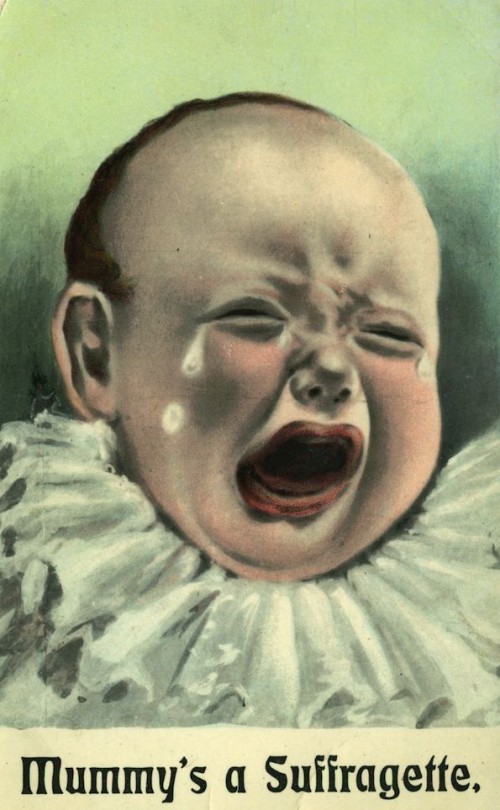
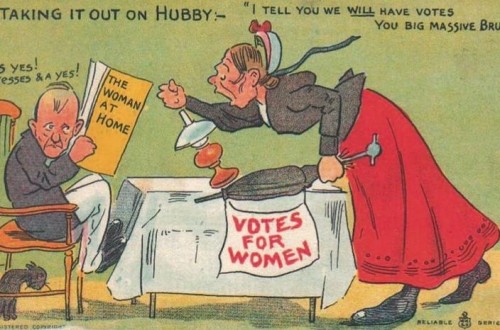
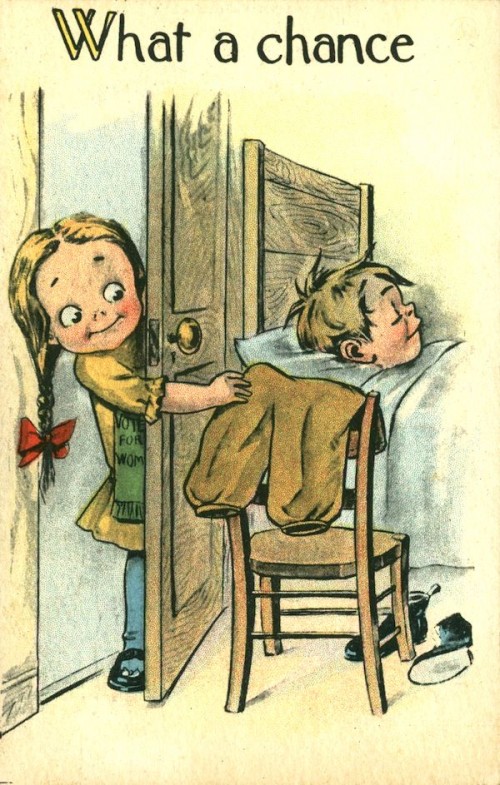
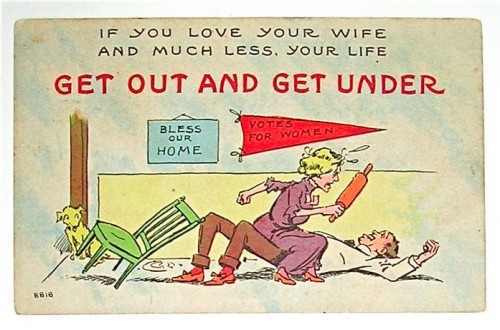
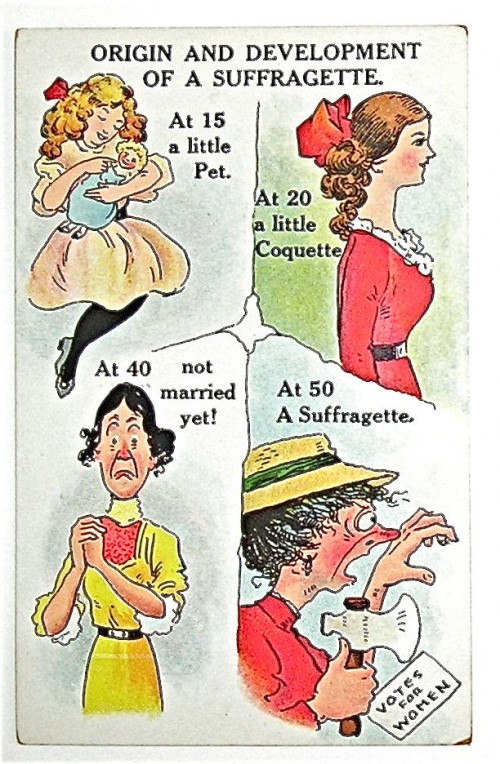
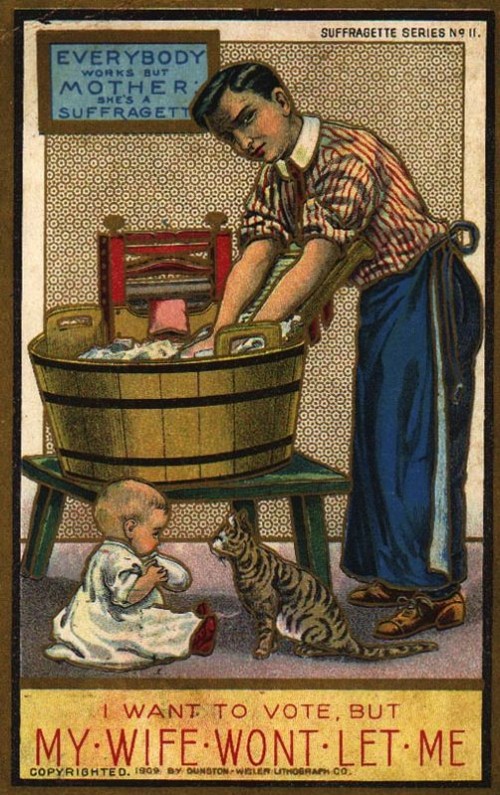
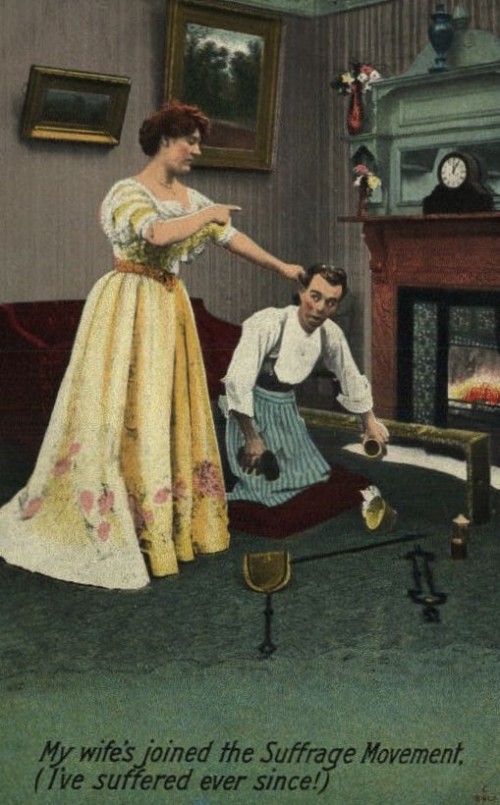

 Alone with the responsibility of making a holiday for everyone else, the woman manages to mobilize technology and goods from BB&B to make it happen. Ironically, the text reads: “When you need a hand with holiday entertaining,” but actual human help in the form of hands is absent. Apparently it’s easier for women to grow five extra arms than it is to get kids and adult men to pitch in.
Alone with the responsibility of making a holiday for everyone else, the woman manages to mobilize technology and goods from BB&B to make it happen. Ironically, the text reads: “When you need a hand with holiday entertaining,” but actual human help in the form of hands is absent. Apparently it’s easier for women to grow five extra arms than it is to get kids and adult men to pitch in.